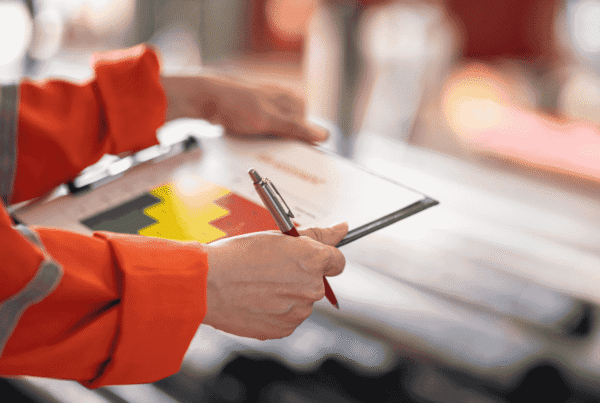Fire Door Inspection
Fire safety is a paramount concern in any building, whether it’s a commercial property, residential complex, or industrial facility. Among the many measures taken to ensure fire safety, fire door inspections stand out as a critical component. In the UK, where stringent regulations govern fire safety standards, the importance of regular fire door inspections cannot be overstated.
Maximizing Safety with Fire Doors: Key Practices for Installation, Maintenance, and Inspection
Fire doors serve as barriers that prevent the spread of fire and smoke throughout a building. They are specially designed and constructed to withstand fire for a specified period, allowing occupants precious time to evacuate safely and minimising property damage. However, for fire doors to perform effectively in the event of a fire, they must be properly installed, maintained, and inspected.
Understanding UK Fire Door Regulations: Inspection Requirements and Owner Responsibilities
UK laws mandate that fire doors must undergo regular inspections to ensure their functionality and compliance with safety standards. The Regulatory Reform (Fire Safety) Order 2005 places the responsibility on building owners and managers to maintain fire safety measures, including fire doors, within their premises. Failure to comply with these regulations can result in severe penalties, including fines and legal consequences.
Essential Fire Door Inspections: Identifying Wear, Ensuring Integrity, and Equipping for Safety
Regular fire door inspections are essential for several reasons. Firstly, inspections identify any signs of wear and tear, damage, or deterioration that may compromise the integrity of the fire door. Issues such as damaged seals, broken hinges, or gaps between the door and frame can significantly reduce the door’s effectiveness in containing fire and smoke.
Secondly, fire door inspections ensure that doors are equipped with the necessary hardware, such as self-closing devices and intumescent strips, which are designed to activate in the presence of heat and expand to seal gaps, thereby preventing the spread of fire and smoke.
Thirdly, inspections verify that fire doors are properly aligned and operational. A misaligned door or one that does not close fully can create pathways for fire and smoke to travel, defeating the purpose of having fire doors in place.
Moreover, regular inspections provide an opportunity to assess the surrounding environment for any potential fire hazards that may compromise the effectiveness of fire doors. This includes ensuring that escape routes are clear, emergency lighting is functional, and signage is visible.
Conclusion:
In conclusion, fire door inspections play a vital role in maintaining fire safety standards and protecting lives and property. By adhering to UK laws and conducting regular inspections, building owners and managers demonstrate their commitment to fire safety and reduce the risk of devastating consequences in the event of a fire. It is imperative to prioritise fire door inspections as an integral part of overall fire safety management practices.




